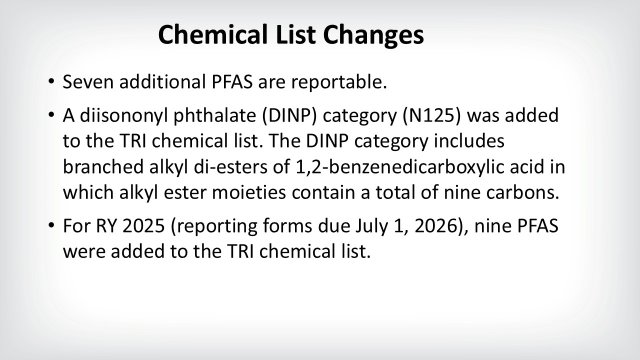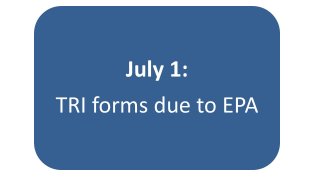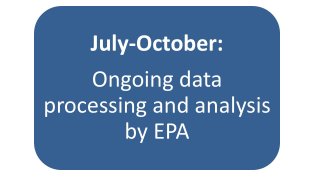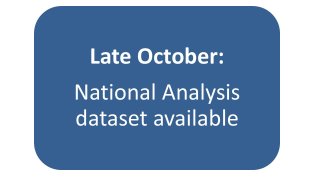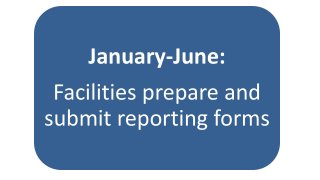Reporting for TRI Facilities
Each year, certain industrial facilities submit Toxics Release Inventory (TRI) data to EPA. The data are due by July 1 and cover waste management activities that occurred during the previous calendar year. EPA makes these data publicly available.
Other Resources
Not all facilities need to report to the TRI Program. Review the TRI reporting requirements carefully to determine if your facility must report to TRI.
On this page:
- TRI reporting requirements
- Highlights of what's new for RY 2024
- TRI reporting and EPCRA Tier II reporting
- Summary of the TRI reporting process
- How your facility's data will used
Annual TRI data collection, publication, and analysis cycle
TRI Reporting Requirements
A facility must report if it meets all three TRI reporting criteria or is specifically required to report based on a determination by the EPA Administrator under EPCRA 313(b)(2).
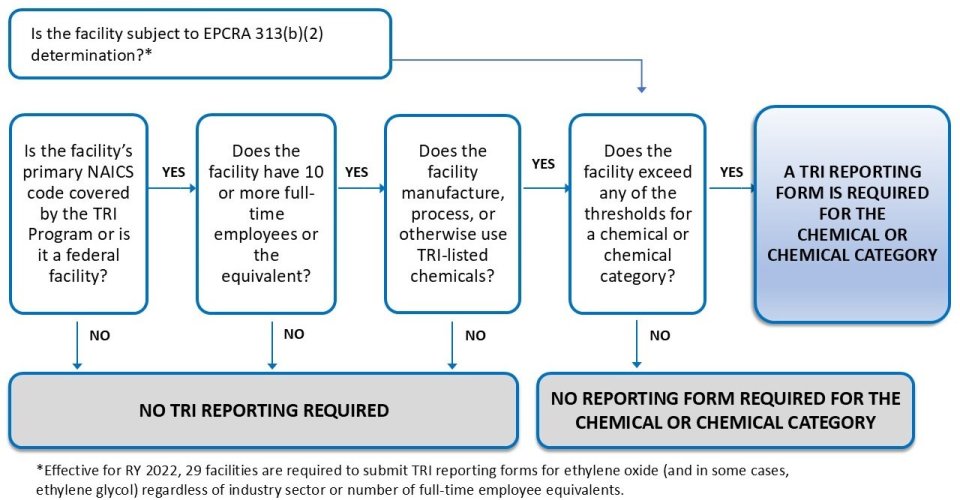
Facilities that meet all TRI reporting criteria must:
- Submit a TRI Form R for each TRI-listed chemical it manufactures, processes, or otherwise uses in quantities above the reporting threshold. (Note: Facilities may be eligible to submit the shorter Form A if they meet certain criteria. See the TRI Reporting Forms and Instructions for details.)
- Submit each TRI form to both EPA and the state in which the facility is located (or to the appropriate tribe, if located in Indian country).
- Submit each reporting form using TRI-MEweb, EPA's online TRI reporting application.
Highlights of What's New for RY 2024
The changes below apply to RY 2024 TRI forms, which were due to EPA by July 1, 2025. For details, see the TRI Reporting Forms and Instructions.
TRI Reporting and EPCRA Tier II Reporting
TRI reporting is required under Section 313 of the Emergency Planning and Community Right-to-Know Act (EPCRA). Tier II reporting is required under Section 312 of EPCRA. TRI reporting requirements are separate and distinct from Tier II reporting requirements. Submitting TRI reporting forms does not fulfill a facility's Tier II reporting requirements, or vice versa. For more about what EPCRA requires, see the EPCRA factsheet or quick guide.
Summary of the TRI Reporting Process
The image below summarizes the TRI reporting process. For more detailed information, refer to the TRI Reporting Forms and Instructions.
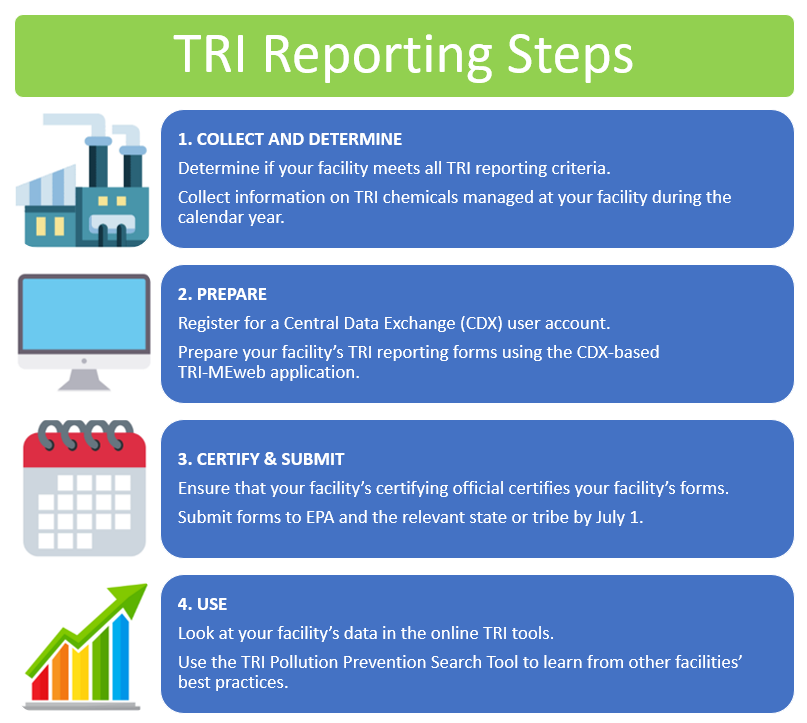
How Your Facility's Data Will be Used
The TRI data your facility submits are critically important and widely used—not only by EPA, but by public health and policy researchers, educators, local emergency planners, state technical assistance providers, community groups, prospective home buyers, and others.
EPA uses TRI data in many ways and for many purposes. These include:
- assessing trends in chemical waste management,
- evaluating industry progress in improving environmental performance,
- informing pollution prevention technical assistance,
- supporting chemical assessments under the Toxic Substances Control Act, and
- supplementing data in the National Emissions Inventory.
The timely submission of accurate data by your facility enables all of these important uses, and more. To see examples of how TRI data submitted by facilities like yours are being used, visit the TRI Data Uses Catalog.



